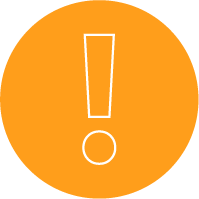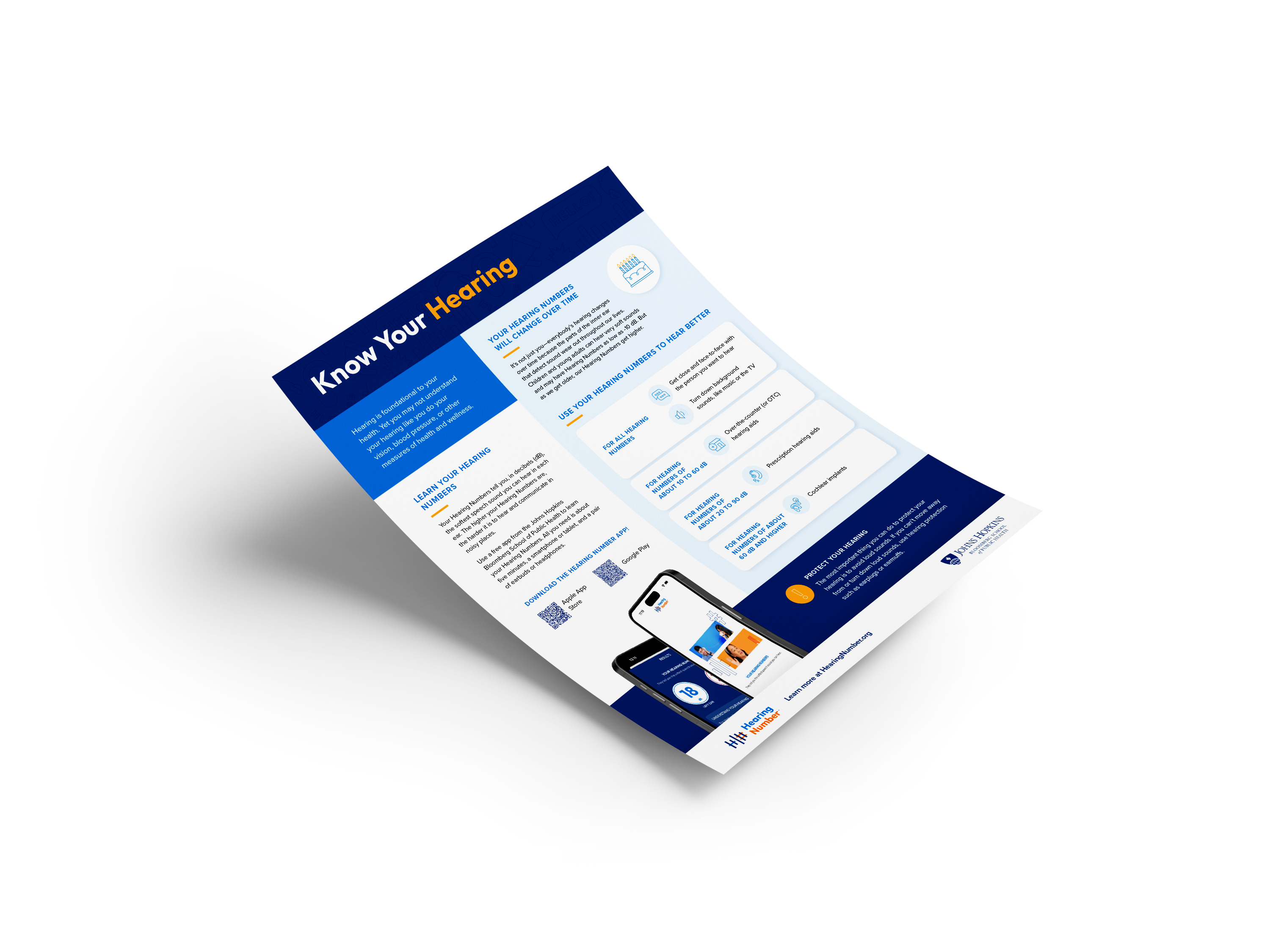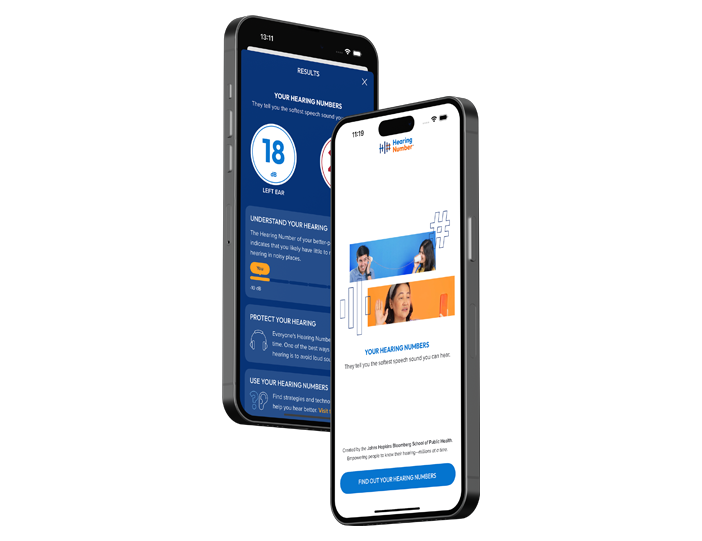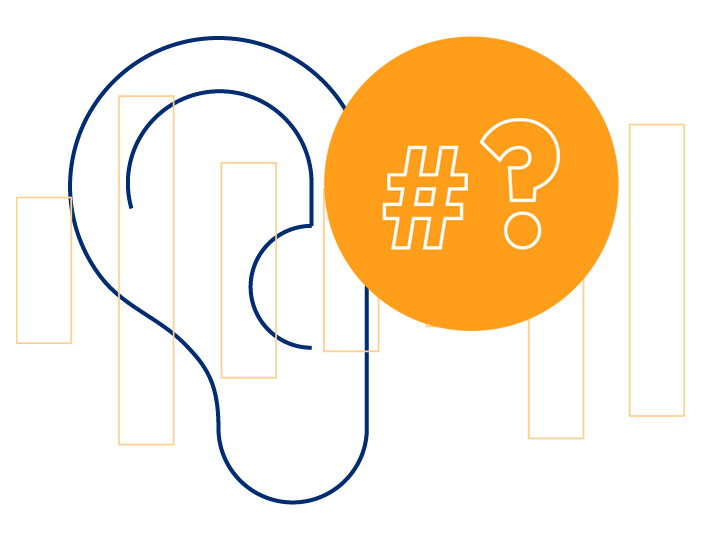Get Involved
Join the Campaign
The Johns Hopkins Bloomberg School of Public Health launched the Know Your Hearing campaign to introduce the Hearing Number as a standardized tool for understanding and talking about hearing. We invite organizations and health care professionals to get involved by sharing information and resources about the Hearing Number.
On this page, you will find:

What Is the Hearing Number?
The Hearing Number is a simple metric that helps people understand and monitor their hearing throughout their lives. It tells people in decibels, or dB, the softest speech sound they can hear. Everyone has two Hearing Numbers: one for their right ear and one for their left ear. The numbers can be as low as -10 dB and as high as 85 dB or more. The higher someone’s Hearing Numbers are, the harder it will be to hear and communicate in noisy places.
The Hearing Number is known clinically as the 4-frequency pure tone average, or the PTA4, which is the basis of the World Health Organization’s classification system for hearing.
People can learn their Hearing Numbers by taking a short hearing test on an app or seeing a hearing professional.
-10 to 19 dB
20 to 34 dB
35 to 49 dB
50 to 64 dB
65 to 79 dB
80 dB or higher
How Can the Hearing Number Help?
Hearing is foundational to social and cognitive health. It helps people connect with others and the world around them. Yet most people don’t know much about their hearing. Many consider it something to address later in life or when it significantly impacts communication. However, hearing changes throughout life, and people can take steps to protect their hearing and hear better along the way.
The Hearing Number helps people see when and how their hearing changes, giving them information about a critical aspect of their health, similar to vision, weight, or blood pressure. This can empower them to think and act on their hearing over their lifetime. It can also guide them to strategies to protect and optimize their hearing.
How to Describe the Hearing Number
The Hearing Number gives a snapshot of someone’s hearing and indicates the softest speech sound they can hear in each ear. Hearing is on a continuum. Hearing is not a binary where someone either has hearing or they have hearing loss. Hearing changes over time, and people experience hearing along a spectrum as it changes.
The Hearing Number is one facet of someone’s hearing health, and it provides insights into a person’s daily hearing experience. The Hearing Number is not a diagnostic tool. Hearing care professionals—audiologists, and ENTs/otolaryngologists—can provide full assessments of hearing.
The Hearing Number cannot be lowered or improved, and there is no “perfect score.” Everyone’s hearing changes over time because parts of the inner ear wear out. No hearing technology, including prescription and over-the-counter hearing aids and cochlear implants, can undo those biological changes. But communications strategies and technologies can help people hear and communicate better, whatever their Hearing Numbers are.
Are you a health care provider? Get more tips for incorporating the Hearing Number into your practice.
Guidelines for Using Campaign Materials
Thank you for encouraging others to know more about their hearing. Please follow these guidelines when using campaign resources.
Permissions
Outside entities may:
- Directly link to any pages on the Hearing Number website.
- Share Johns Hopkins Bloomberg School of Public Health-generated social media posts about the Hearing Number and hearing health on your social media platforms.
Permissions with Conditions
Outside entities may use and distribute Hearing Number campaign downloadable assets in print, media, and other communications, subject to the following conditions:
- All for-profit, commercial entities must first notify and receive permission from the Bloomberg School of Public Health to use these visual assets, as well as get final review of usage in layout before content is disseminated. Non-profit, governmental, academic, and professional society organizations are requested, but not required, to first notify Bloomberg School of Public Health before using these assets. Please email hearingnumber@jhu.edu and describe your use case, expected frequency/volume of usage, planned duration of usage, and contact information.
- Visual assets shall not be manipulated or altered in any way. Proportionate increases or decreases in size are permitted, but any other manipulation or alteration, including cropping or color changes, is prohibited. In certain situations, other variations of these downloadable assets may be developed by the Bloomberg School of Public Health for outside use. Please contact hearingnumber@jhu.edu with your proposed use case.
- Outside entities shall not depict any outside entity logos or brandmarks (including, but not limited to, company, organization, product, campaign, or project/initiative logos or brandmarks) in juxtaposition to Hearing Number assets in any way that may imply an affiliation between the outside entity and the Johns Hopkins Hearing Number campaign or the Johns Hopkins University, or an endorsement of a product by the Johns Hopkins Hearing Number campaign or the Johns Hopkins University.
- Commercial entities that use technologies to provide consumers with their four-frequency pure tone average (e.g., consumer technology companies, retailers, over-the-counter or prescription hearing aid manufacturers, app developers) must meet the “Four Frequency Pure Tone Average Testing Methodology and Reporting Metrics for Consumer Facing Hearing Solutions” (ANSI/CTA-2118) Standard or a related clinical standard in order to use any of the downloadable assets described above.
Outside entities may paraphrase and summarize copy from the Hearing Number website with appropriate attribution/citation to the Hearing Number website. Conditions:
- In running copy, include attribution as follows: “According to HearingNumber.org, a website by the Johns Hopkins Bloomberg School of Public Health, …”
- For citation, use your preferred standard, e.g., AMA style: Hearing Number, Johns Hopkins Bloomberg School of Public Health, Accessed [month, date, year], https://hearingnumber.org.
Prohibitions
- Any Johns Hopkins Hearing Number content (including visual assets, paraphrasing copy, etc.) cannot be used in any way by outside entities that implies a direct affiliation, partnership, collaboration, endorsement, or other relationship between the outside entity and the Hearing Number campaign or Johns Hopkins University. This includes visual juxtapositions of Hearing Number downloadable assets adjacent to outside visual marks, as well as any related copy that describes the Hearing Number campaign.
- The Hearing Number logo is a trademark of Johns Hopkins University and cannot be used without express permission.
- Other visual assets and graphics on the Hearing Number website cannot be used without express written permission from the Johns Hopkins Bloomberg School of Public Health. Please contact hearingnumber@jhu.edu with inquiries about other use cases.
Hearing Number Resources
Help raise awareness of the Hearing Number by downloading campaign materials and sharing through your networks. If you have questions about using these materials or would like access to working files or logos, contact hearingnumber@jhu.edu.
Hearing Number in the News
Hearing Better Is Getting Trendy
“What Did You Say?”
Your Hearing Can Get Worse as You Age. Here’s How to Protect It.




